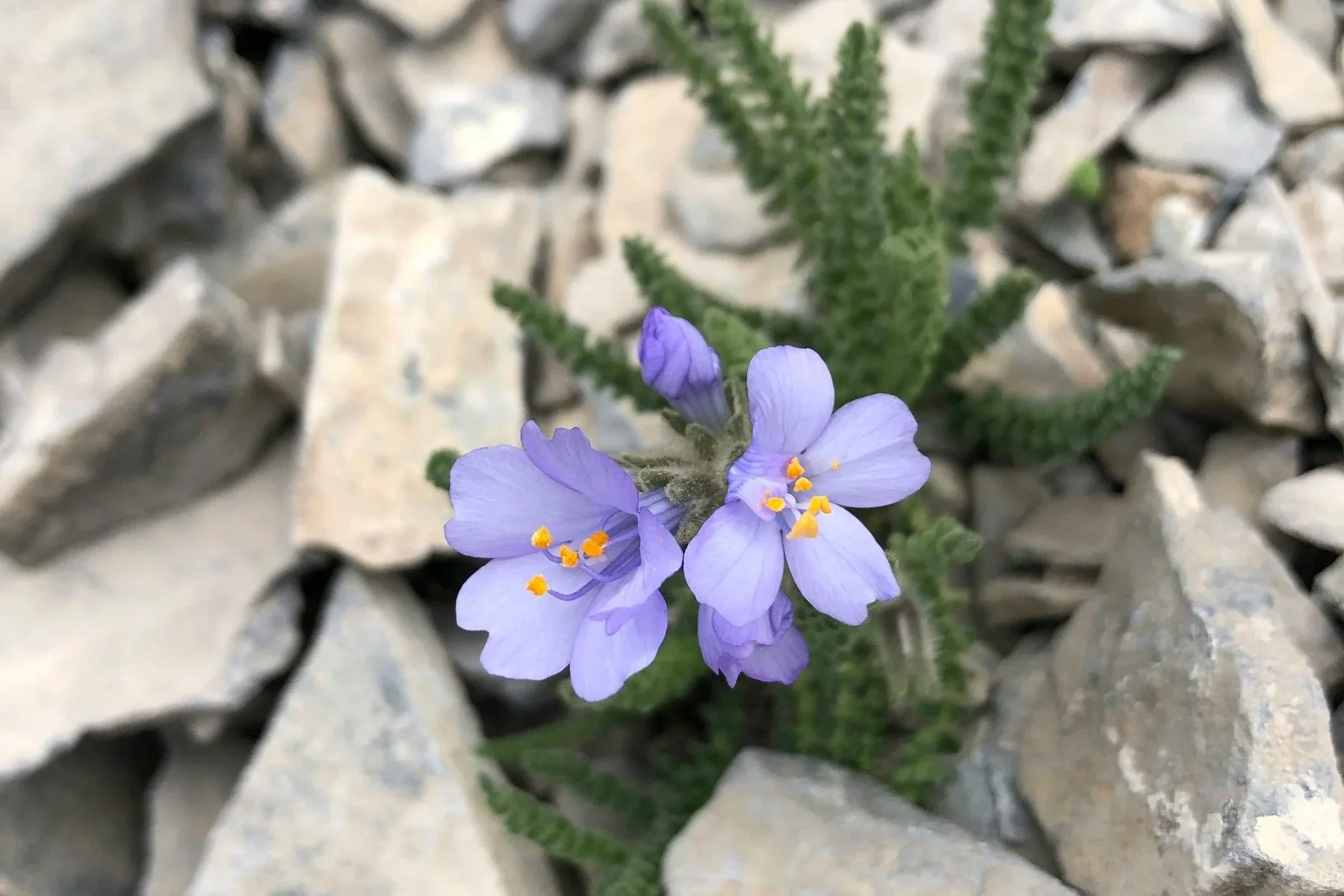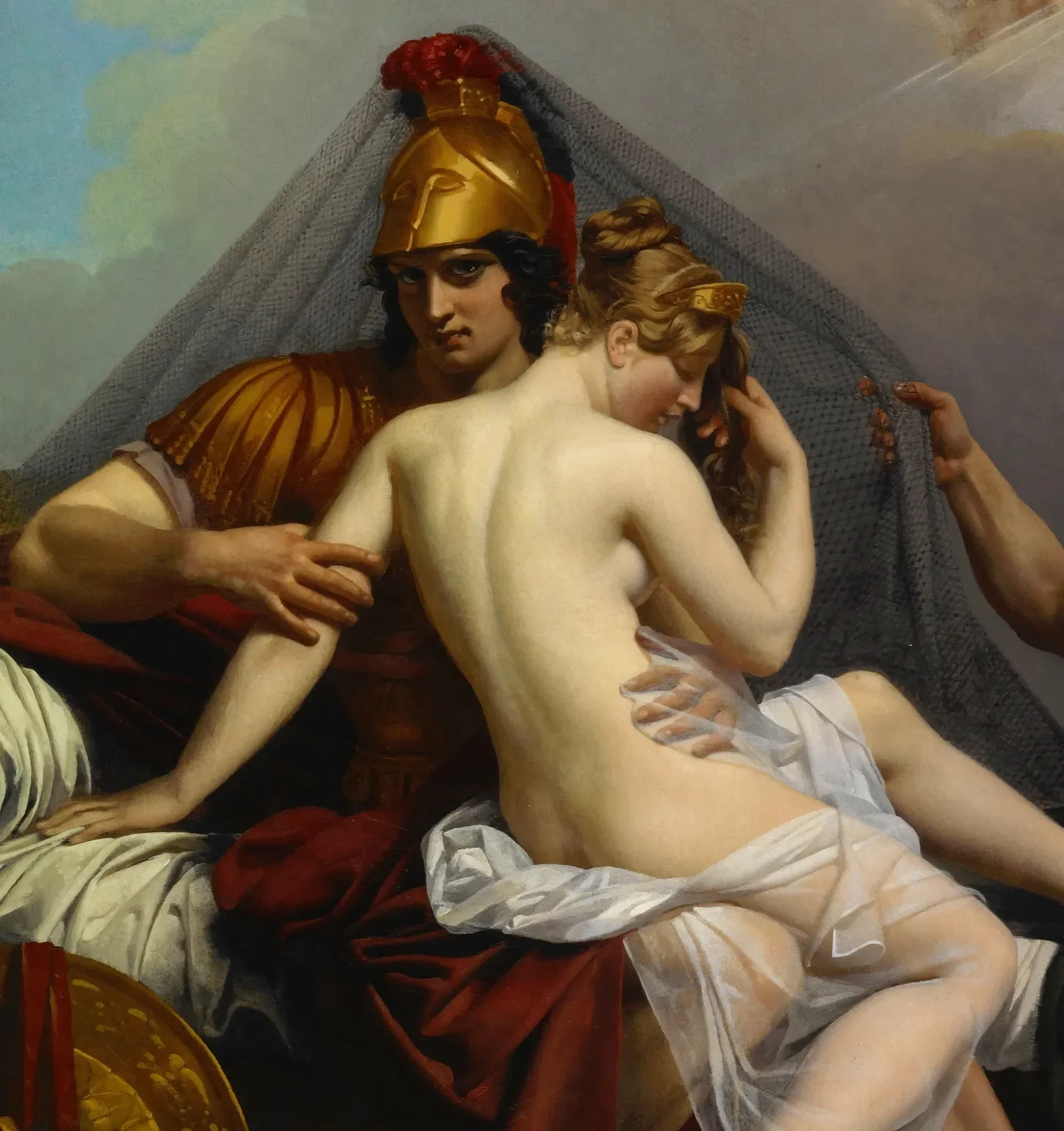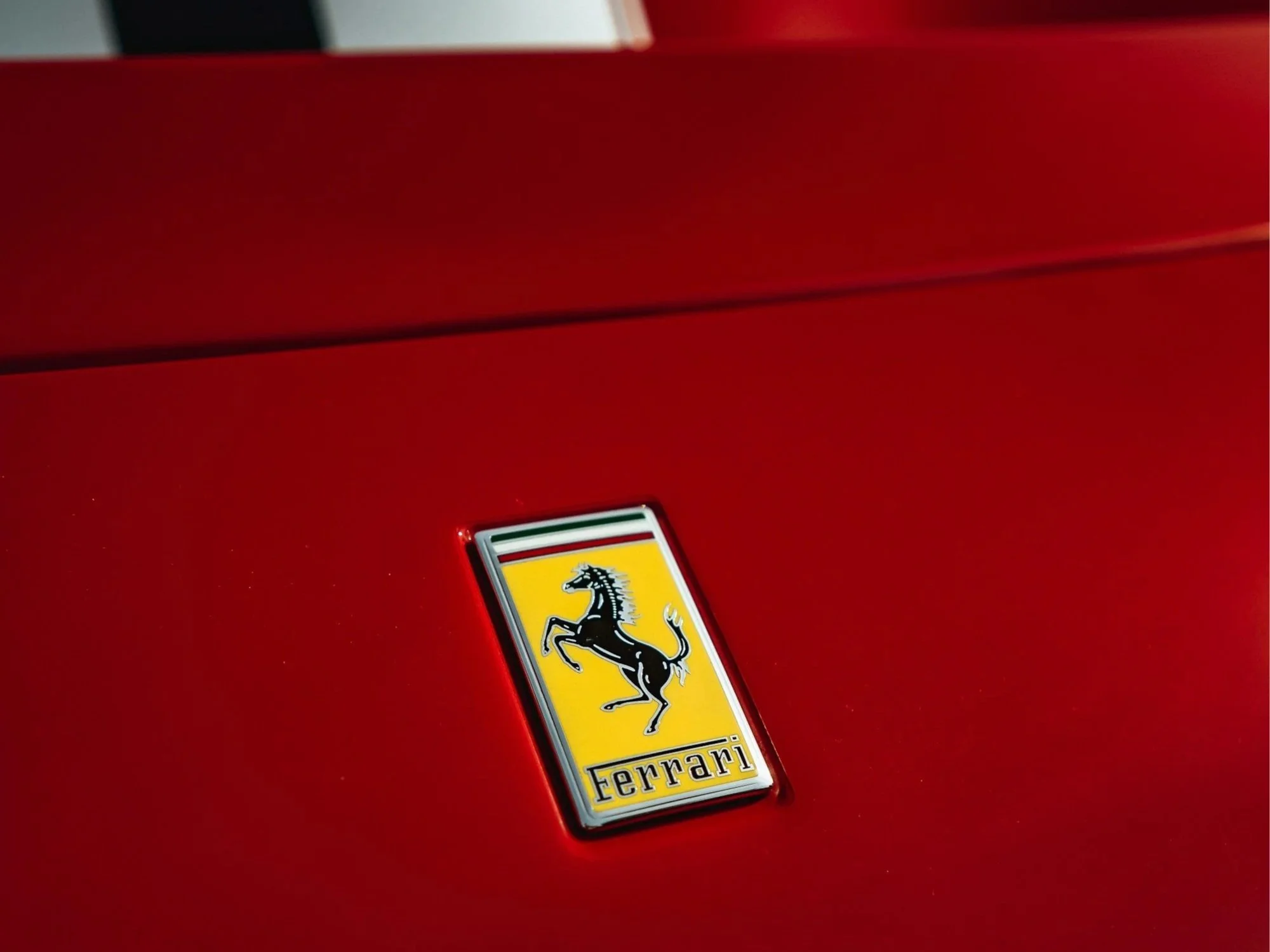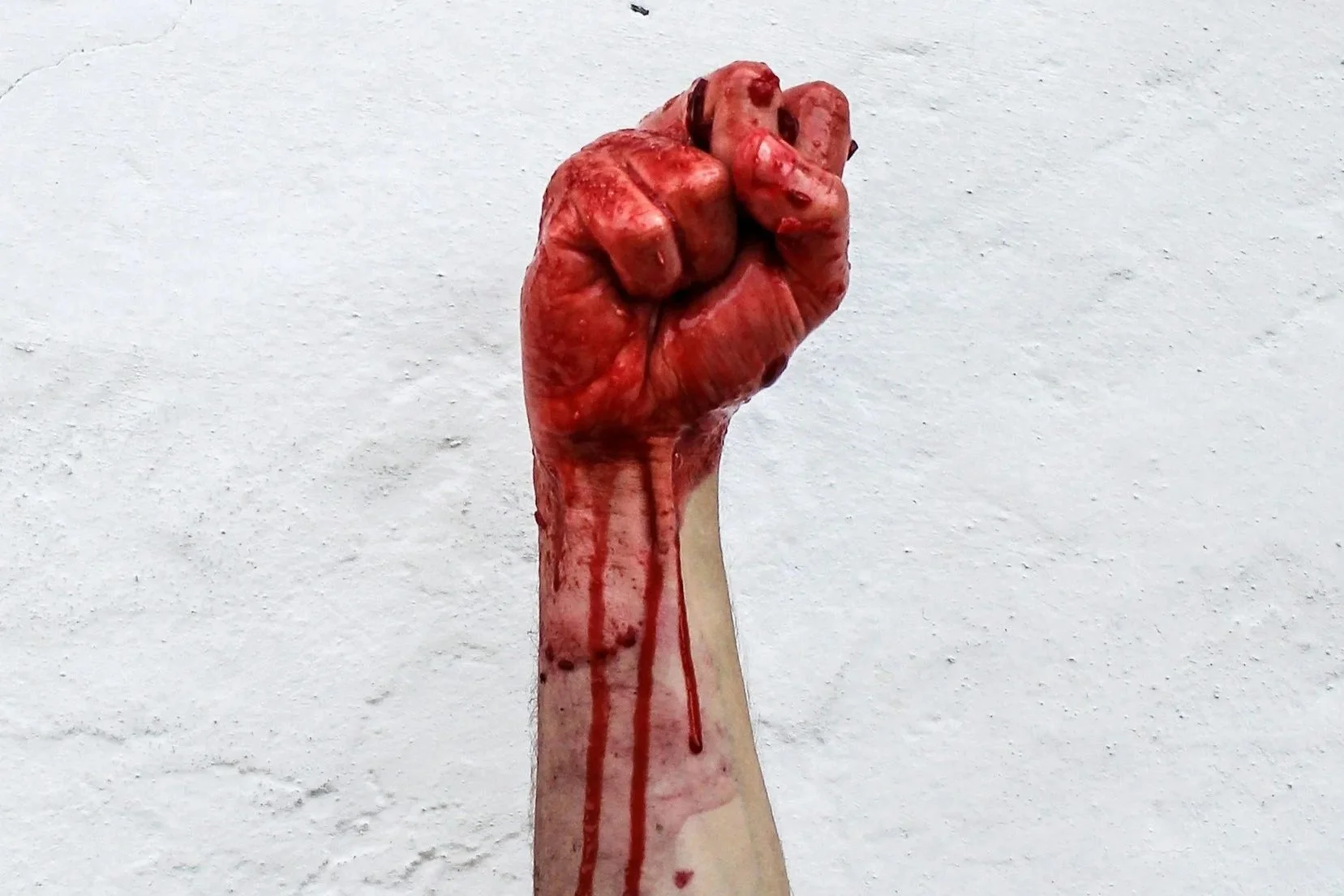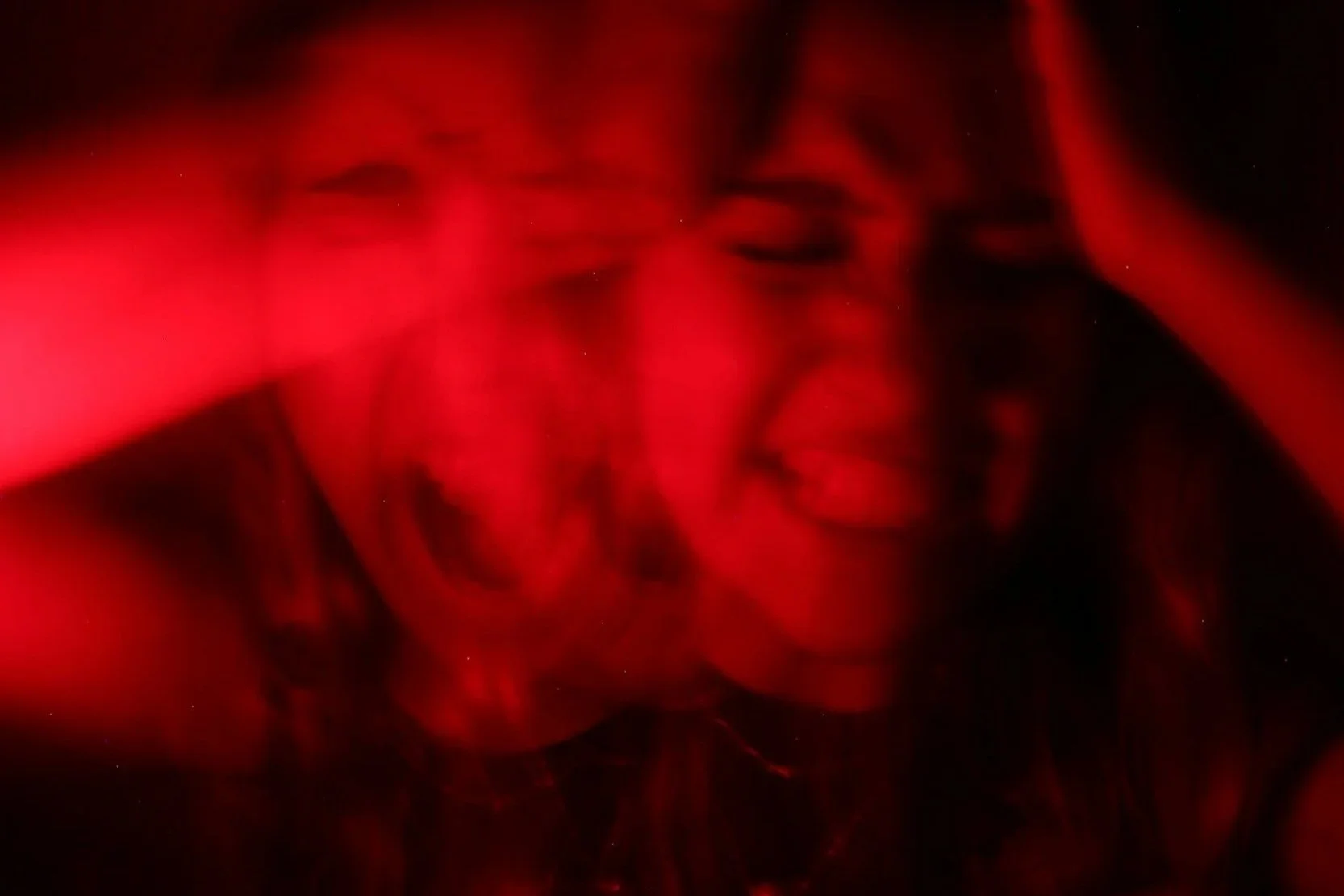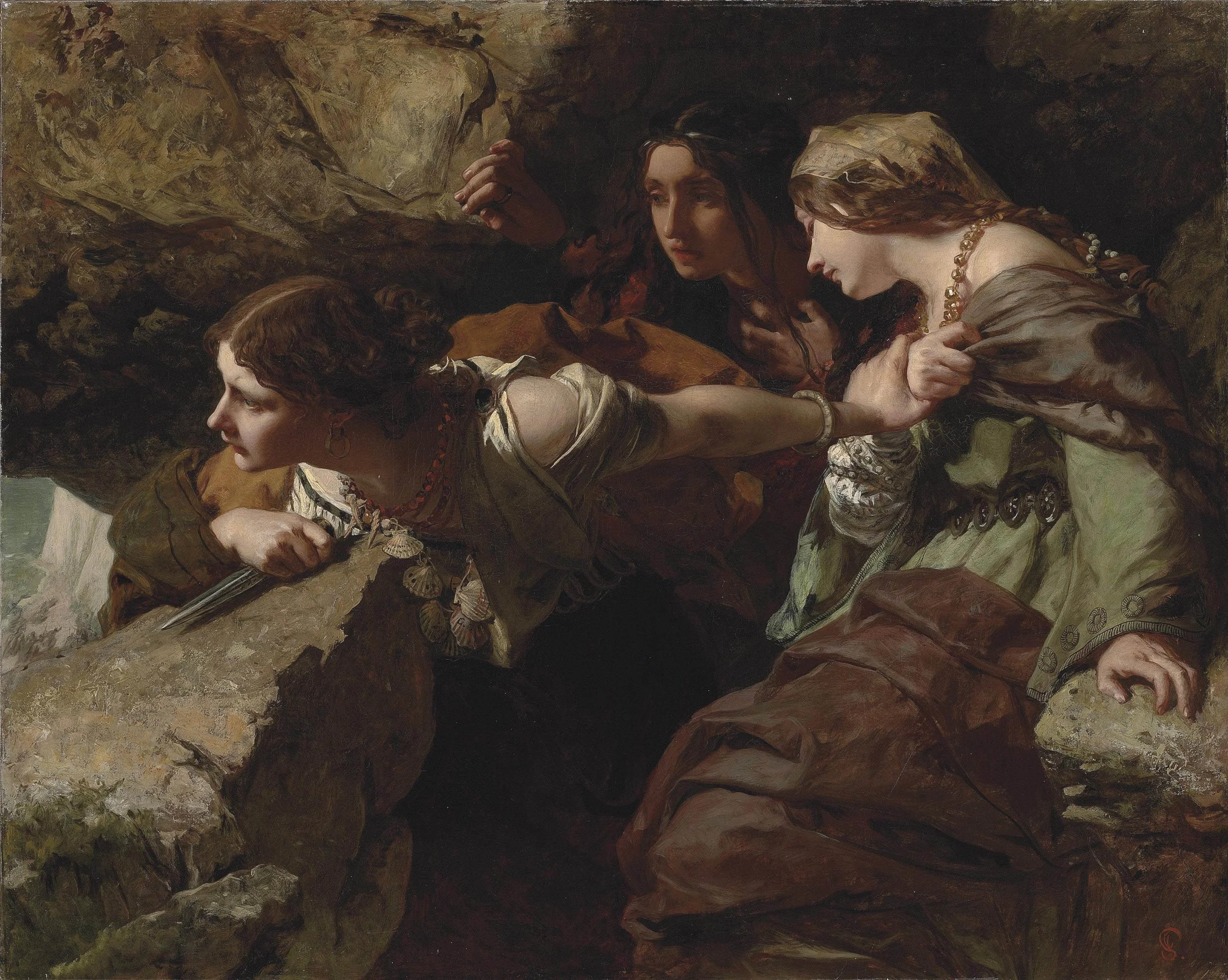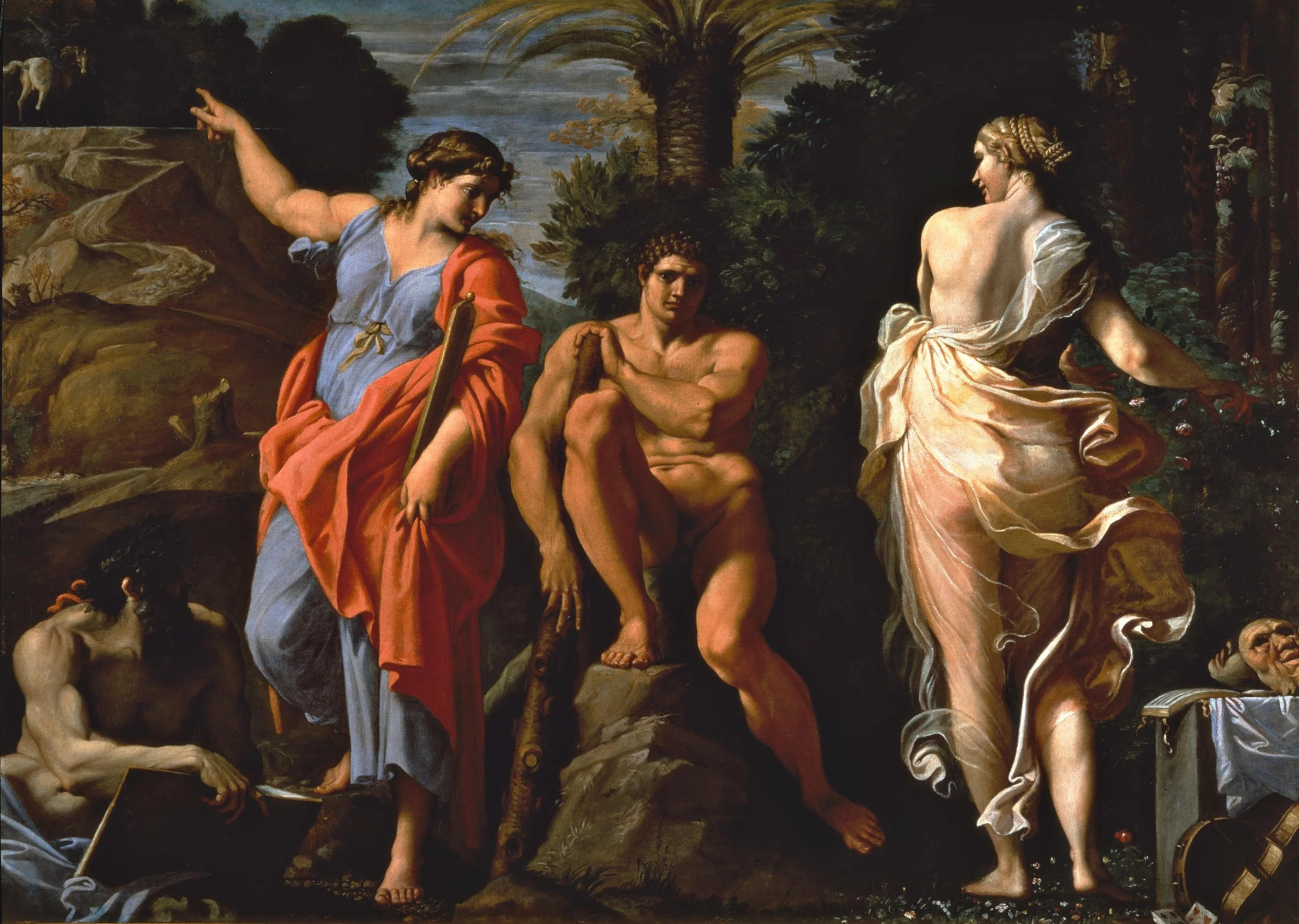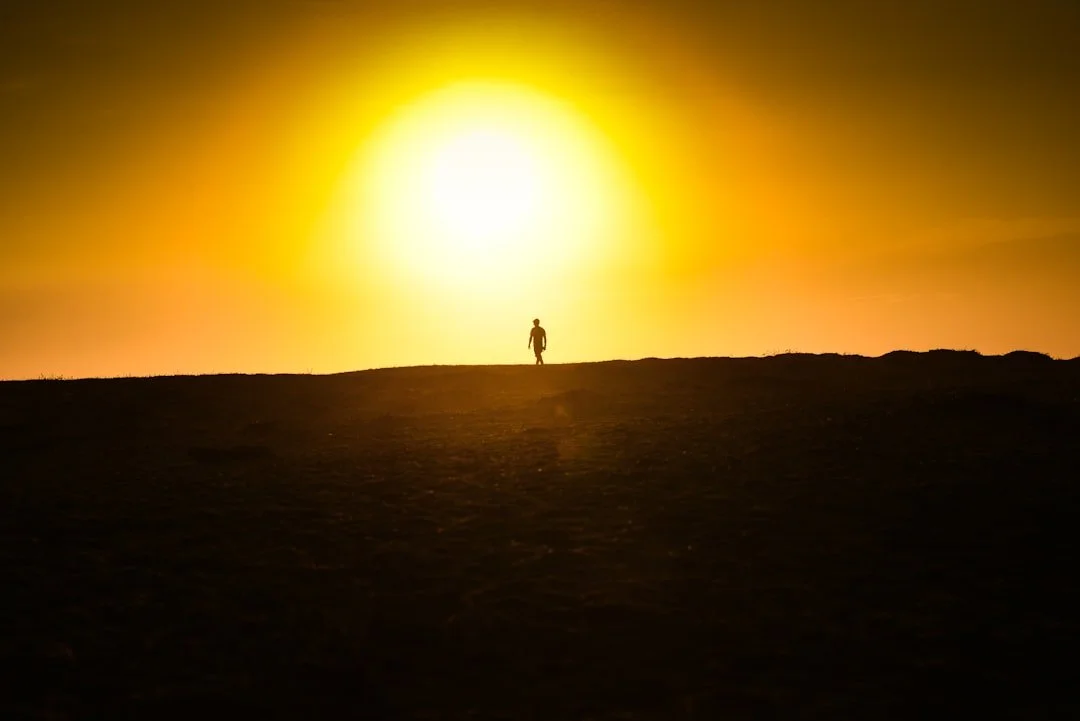Seeing Red: Honoring Mars in a Time of Courage*
A guide to working with Mars as ally and teacher, shaping courage into a daily practice. By channeling Mars’s raw energy into creativity, integrity, and drive, we let its fire fuel us rather than cons
Honoring and Calling on Mars in These Times
In these liminal times of collective restlessness and chaotic changes, we are called to heal our relationship to Mars. Instead of considering a distant orb that must be colonized or a mere astrological glyph, Mars is to be reimagined as a guiding principle of courage and assertive energy. By consciously invoking it, we must learn to harness its heat for a purposeful drive and temper its flames before they scorch our world.
Edward Edinger, Jungian analyst, warned that without a true connection to a principle, we become its victim rather than its steward. If we cannot call upon Mars’s vitality when we must defend our values, we will unconsciously fall victim to its rage or suffer from paralysis. To honor Mars, we must start with honest self-inquiry: where do we resist necessary conflict, and when do we lash out without cause? Such questions prepare the ground for skillful engagement.
The intention of this article is to help us rethink our ideas about Mars, starting by tracing its astrological symbolism to its mythic incarnations, then exploring its shadow in war and violence, and finally by celebrating its greatest gift: courageous action aligned with purpose. Finally, we conclude with some questions worth pondering and ways to honor Mars, so that its fierce energy sustains rather than destroys both us and our world. I hope that when you finish reading this article, Mars will no longer be a wild beast to fear but a powerful ally to guide and fuel both your courage and drive.
Mars in Astrology: Our Will to Survive and Thrive
Mars is the primordial fire that ignites our instinct to live and to conquer life’s challenges. Nevertheless, as astrologer Clare Martin cautions, a blocked Mars energy turns inward, inviting violence, illness, or depression born of suppressed anger. The antidote lies in finding a constructive outlet for this potent force; otherwise, it risks exploding in harmful ways.
While astrologer Robert Hand reminds us that nothing in nature survives without Mars’s animating spark. In a natal chart, Mars describes how we stand up for ourselves and how we assert our will. It is where we “see red.” As ruler of Aries, Mars initiates action, and as the traditional ruler of Scorpio, it helps us transmute and regenerate. It also governs drive and sexual passion, our style of competition, and the resilience that surges through muscles and adrenaline. Mars helps us get out of bed and get going.
Physiologically, Mars links to the blood, with its metal iron coursing through our veins, and to the genitals, fueling both strength and desire. But it also governs fevers, inflammations, and the sharp edge of a knife or scalpel that can either cut or save us. When well-channeled, Mars makes us resilient; when ignored, it predisposes us to crises such as accidents, violence, and even surgeries.
Astrologically, Mars externalizes our ego’s need for accomplishment, carrying the energy of the Sun, Mercury, and Venus out into the world. Mars is both the agent and the henchman of the Sun, carrying its desire into the world.
However, Mars symbolizes our need and (even demands) for recognition of our individual power, thus separating us from the collective mass, while clarifying our true objectives. From a Jungian perspective, Mars represents our relationship with the animus, bringing life into situations and helping us discern how to pursue what we want or need most effectively. In this way, Mars becomes the lifeblood of our survival instinct and our drive to thrive.
Venus and Mars (detail) - Surprised by Vulcan - Guillemot Alexandre Charles (1827)
The Many Faces of Mars: Mythic Origins and Rebranding
Throughout time and ancient cultures, Mars has worn multiple masks, each reshaping its raw energy to serve distinct cultures. In Mesopotamia, Mars was associated with Nergal, the Lord of the Dead and judge of the underworld. Once a solar deity, Nergal came to embody both the infernal fires and the heat of summer. Also called Lugal-meslam, “King of the Lower World Where the Sun Lay at Night,” he presided over tombs with his queen Ereshkigal, delivering both war and pestilence. Armies struck by plague fell under his dominion, and slaughterhouses were his earthly domains. To the Mesopotamians, devastation was often associated with the alignment of Mars with Jupiter.
In Greece, Mars wore the guise of Ares, the god of strife and bloodshed. Born of Hera’s jealousy over Zeus giving birth to Athena through his head, Ares lacked a father’s guiding reason and became the personification of untamed aggression. Greeks understood his necessity in war; they feared and despised his chaotic rage, fearing his presence, while acknowledging that defense demands a warrior’s spirit. Even his lover Aphrodite’s influence, with whom he fathered his children Fear, Panic, Harmonia, and, in some tales, Eros, could not fully civilize him. Still, for the Greeks, they believed that Mars learned to dance before he learned combat, giving us insight into how we can express our violent instincts through the relational physicality and discipline of dancing.
But it was through the rise of Rome and its empire that Mars undertook its most far-reaching transformation. Mars becomes not only the Founding Father of Rome, but also the patron of agriculture and fertility, as well as war. As Mars Augustus, he legitimized conquest as the precursor to peace: Pax Romana. His festivals blended gladiatorial spectacle with sacrificial rites. March, the month of its opening, marked the start of military campaigns; while April, its subsequent month, celebrated beginnings. This Martian rebranding continued into Christian Rome, which co-opted his authority by recasting war as a divinely sanctioned instrument for peace. Through Mars’ Roman and Christian rebranding, Mars was turned from unchecked fury into an archetype of disciplined strength and societal stability. He has come a long way from his chthonic beginnings as Lord of the dead and the underworld.
Tracing these mythic metamorphoses, we can better understand not only Mars’ rich tapestry of meanings—from destructive blaze to creative ignition —but also urge us to take Mars’s full spectrum further.
Mars in Our Culture: New Clothes for an Ancient Archetype
Today, Mars’s rebranding continues to be recycled through images of speed and spectacle. Red frescoes of gladiators give way to roaring engines and gleaming chassis; chariot races evolve into Formula 1 grands prix. Muscular athletes on sports fields and gyms stand in for ancient warriors. While blockbuster superheroes, such as the Marvel Universe Avengers and DC’s Wonder Woman, stand in for our mythic heroes and promise to protect, they do so in a modern context. In the film The Martian, Matt Damon portrays a resourceful astronaut scientist, reminding us of Mars’s ingenuity and stamina to prevail and survive.
Nevertheless, English historian Marina Warner notes that our fixation on physical prowess often overshadows mental acuity and moral integrity, revealing a simplification of the Mars principle, reminding us to see that Mars’s power extends beyond brawn. Because when male identity is measured by brute size and sexualized display, we risk defending a narrow ideal at the cost of empathy and critical thought. In comparison, astrologer Caroline Casey traces “stamina” to stamen, the flower’s masculine thread of life. Through this imagery, she speaks to Mars’s raw vitality, drifting as pollen —an erotic energy that powers creation and renewal.
Our cultural rebranding of Mars thus fractures into two paths. While we celebrate spectacle, we overlook Mars’s deeper invitation to channel assertive energy into communal care. By honoring both the warrior’s strength and the flower’s generative power of creation and renewal, we can reclaim Mars for a life-affirming purpose, not just a testosterone-filled spectacle. Yes, we can revel in athletic feats or technological marvels, but without idolizing them. The times beckon us to remember that true courage also means slowing down to nurture and protect those around us.
On War and Violence: Hero and Aggressor
Violence casts a long, ambivalent shadow across human history. While soldiers are often paraded as heroes during wartime, they frequently find themselves marginalized in peacetime. As a Jungian Psychotherapist, Allan Guggenbühl notes: conscious violence remains taboo, admitted only under special circumstances. At the same time, nonviolence can serve as a denial and a resistance to seeing our shadow, lest we forget that we cannot transcend the darker layers of our psyche without first acknowledging them.
At a national level, war serves as both a divider and a unifier, a fact that has led politicians to exploit external threats to foster a civil religion and instill group solidarity. Thus, an enemy becomes a container for our collective poison, purifying the in-group through projection. The late Jungian analyst Lionel Corbett warned that by externalizing internal conflict, we evade our own responsibility and perpetuate these never-ending cycles of blame.
Even individually repressed aggression can affect the collective by fostering social unrest. Astrologer Howard Sasportas reminded us that unexpressed rage accumulates in the atmosphere and finds expression through others. Thus, media spectacles of violence have dual consequences: one, by satisfying our fascination with violence, while also shielding us from its potent force within. To integrate Mars’s energy, we must begin with ourselves by acknowledging and facing our own anger without denial.
Nevertheless, violence is a chthonic force that we will never fully tame. When it erupts, it shatters our habitual defenses and awakens dormant and often-unconscious fears and desires. Such moments of rupture both launch us into a new state of awareness and reveal the porous boundary between the inner and outer worlds. We can only transform the archetypal aggressor into a balanced guardian of strength, not destruction, by confronting the beast within.
On Anger, Frustration, and Visibility
Mars thrives on recognition, and as astrologer Erin Sullivan explains, when Mars is frustrated, the ego’s craving for visibility turns inward, spawning jealousy, envy, resentment, and rivalry. These emotions are not mere flaws but signals of a natural impulse thwarted from shining brightly in the world.
When Mars’s energy is thwarted and blocked, it recoils while also attracting circumstances that mirror its feeling of inner stagnation. In many modern careers, this manifests as chronic dissatisfaction, accompanied by a sense that one’s work lacks meaningful impact. To realign Mars, we need to call upon Venus, with its values, desire for connection, to remind the warrior principle within of its higher purpose. When your assertive energy links to causes you believe in, Mars regains direction and potency.
If you’re feeling frustration, stagnation, and lack of visibility in your life and work, begin by mapping where Mars expresses itself in your daily life. What brings you alive, and where do you feel stymied? Identify the true target of your anger—is it an unmet standard, a stalled project, or an unresolved conflict within yourself? By naming the true target, you can properly channel Mars’s force into creative action, rather than letting it corrode your well-being and agency.
Courage, Anxiety and Despair - Watching the Battle - James Sant (circa 1850)
Courage and Drive: Your Relationship with Mars Matters
James Sant’s painting “Courage, Anxiety and Despair: Watching the Battle“ portrays courage as the catalyst that transmutes fear into resolve. The female figures in twilight hide on a ridge, scanning the distant violent clash, while witnessing rather than fleeing. The posture of the female holding a dagger in the forefront captures Mars’s invitation to us to learn to stand in the tension of the opposites between anxiety and despair, and allow courage to decide to engage and transform both into purposeful resolve.
The etymology of our key terms, in the title of the painting and the title of this article, reveals Mars’s dynamic undercurrent. Courage, from the 1300s, corage or “heart,“ names the inner strength to face danger without fear. Drive, rooted in Old English meaning “to impel,” speaks to our capacity for energetic pursuit. By contrast, despair, “without hope“; and anxiety, “constriction and unease“ sap our vitality.
True courage requires integrity. Poet David Whyte reminds us that each step toward creative work fans embers passed down through generations, affirming an unbroken chain of survivors. In comparison, leadership expert Brené Brown insists that integrity means choosing what is right over what is easy and practicing values rather than merely professing them. And President Theodore Roosevelt’s famous passage on ‘daring greatly’ teaches us that the credit belongs to those “in the arena,” whose faces are marred by sweat and blood yet who strive valiantly and dare greatly.
To survive and thrive in this liminal decade and beyond, our bond with Mars is essential. By learning the language of courage and drive and living it with integrity, we cultivate resilience, enabling us to face global challenges and personal trials with a steadfast heart and unwavering resolve.
The Choice of Hercules with Virtue/Areté to his right, and Vice to his left - Annibale Carracci (1596)
Areté: Excellence Ethos
To the ancient Greeks, areté meant the fullest expression of human potential, an excellence of action and moral virtue that Homer’s heroes exemplified. It is not inheritance but cultivation through a relentless refinement of our gifts to perform at our highest capacity and serve the greater whole.
Martian areté, linked to the Mars archetype, manifests as heroic valor: courage, skill, competitive spirit, and pride in mastery. By contrast, Venusian areté is exemplified through refined manners, gracious hospitality, and composure when the unexpected arises. Through this philosophical concept, both Mars and Venus are interwoven, reminding us that true excellence is the blending of both outer prowess with inner grace.
In Steven Pressfield’s book, The Warrior Ethos, he outlines the path of the warrior code, which includes courage, selflessness, loyalty, patience, and self-command, forging resilience. By embracing adversity rather than shrinking from it, we temper aggression with moral restraint and reject unjust action. In the warrior ethos, training and discipline shape our character through deliberate practice.
In his book, Steve offers a final image to exemplify the warrior ethos. He speaks to elite warriors who run toward the guns, and how artists must do the same. Because when we answer the summons of stepping into projects that terrify us, venturing off the map entirely, we activate hidden reserves of strength and expand the horizon of possibility. In embodying areté, we honor Mars not through mindless conflict but through disciplined mastery and service to community.
Ways of Honoring
To honor Mars as an ally rather than a destroyer, we must practice its energy daily. Begin by pondering these key questions:
What risks does my life or work demand?
Where do I face resistance?
What actions can I take today to flex my Mars muscles?
What desire am I willing to protect with my full force?
What kind of nourishment does my Mars need?
Identify the areas in your chart or psyche where Mars needs disciplined care. Clarify your bull’s-eye—what you truly want—and convert your tantrums into purpose. When frustration flares, ask what that impulse wanted to become before it turned toxic. By naming its original intention, you free Mars’s energy for creatively constructive action.
Founder of Archetypal Psychology, James Hillman, offered a stirring call to arms:
“Mars wants more than reflection. The ram does not pull back to consider. … Mars demands penetration toward essence, pushing forward ever further into the tangle of danger, and danger now lies in the unthought thicket of our numbed minds. Swords must be beaten into plowshares, hammered, twisted, wrought.”
Let this image guide you—forge your own instruments of growth from the raw metal of Mars’s fire.
Lastly, close by invoking the ancient hymn to Ares:
“Hear me, helper of mankind,
Dispenser of youth’s sweet courage,
Beam down from up there your gentle light on our lives, and your martial power, so that I can shake off cruel cowardice from my head, and diminish that deceptive rush of my spirit, and restrain that shrill voice in my heart that provokes me to enter the chilling din of battle.
You, happy god, give me courage,
Let me linger in the safe laws of peace, and thus escape from battles with enemies and the fate of a violent death.“
May your relationship to Mars and its gifts of courage and drive be enriched through reflection, ritual, and sustained practice. Here’s to having him as our ally in crafting a flourishing life, rather than being overwhelmed by stagnation and frustration.
*Note - this article will also be published by the New Zealand Journal of Astrology late this season.
Ease & Grace
Vanessa Couto

